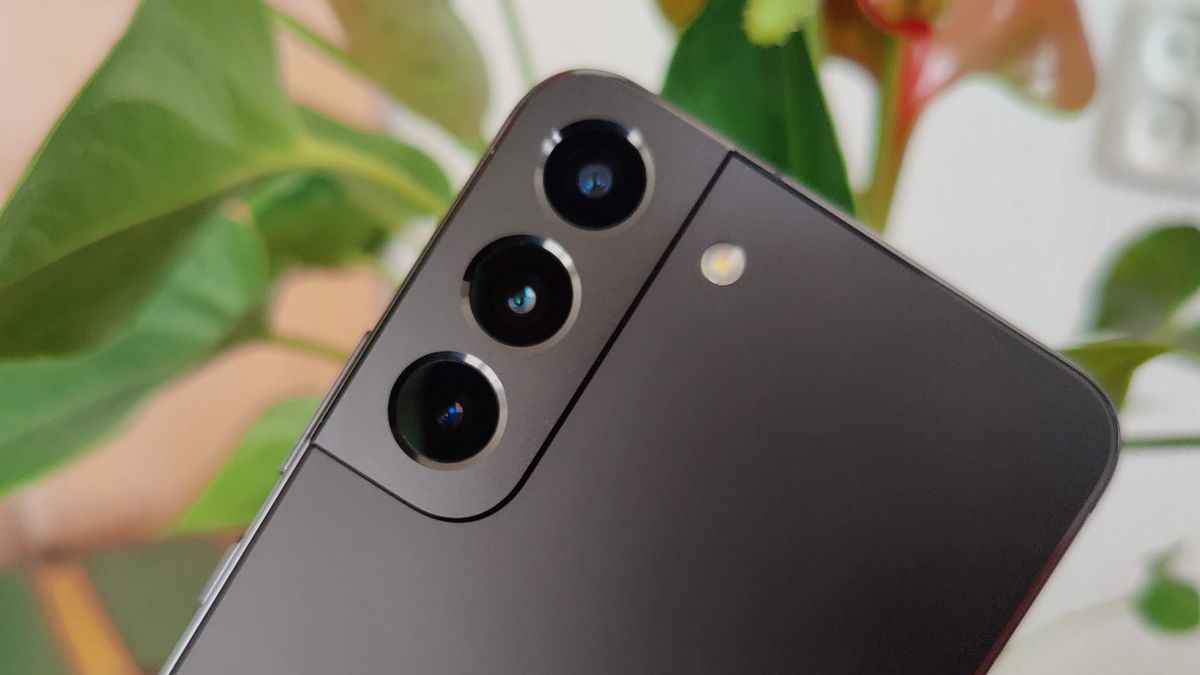Deepfakes now more real than real
Deepfakes have now become so good that people take them for real rather than real photos. Golden times for fraudsters.
Deepfakes are on the rise
Websites like This Person Does Not Exist are capable of generating lifelike portrait photos of people from scratch. These photos are so lifelike that most people can’t tell them apart from real photos. And even more likely to think that these deepfake photos are real than with photos of people who actually exist.
Research from the University of London shows this. Scammers have also discovered the possibilities of deepfakes. For example, in Whatsapp and Facebook groups where there are many lonely men, a striking number of users suddenly dive actively with photos of young attractive women.
Even dignitaries fall for it en masse. For example, someone with a fake LinkedIn profile, with a computer-generated deepfake profile picture, managed to successfully establish connections with senior US government officials and other powerful individuals. Foreign intelligence services also often use fake profiles to gather information.
Loss of trust in other people online
As a result, people may become more suspicious of people online. Until now there was already a real chance that someone is very different from what he or she appears. Now it could also be that that person may not even be a real person.
Video footage is perhaps the last way to find out if an unknown person is who he or she claims to be. But deepfake videos are also getting better and can soon be made in real time. There are already tools such as DeepFaceLive for video calling, with which you can pretend to be a talking dog, Marilyn Monroe or your boss, for example.
In short, a new arms race begins between deepfakes and the white hat hackers trying to expose them. The Chinese curse, may you live in interesting times, is all too true in the 1920s.



